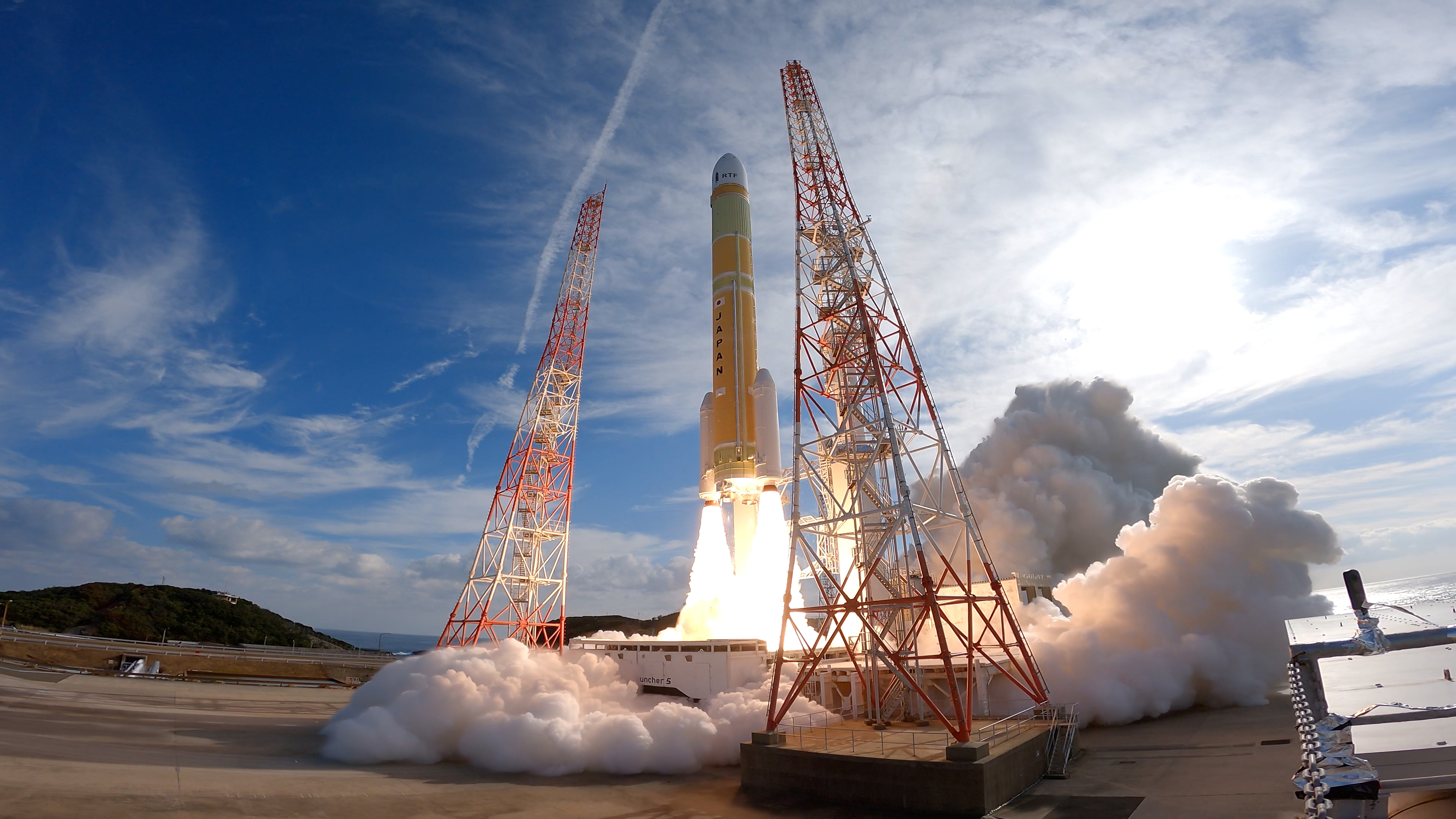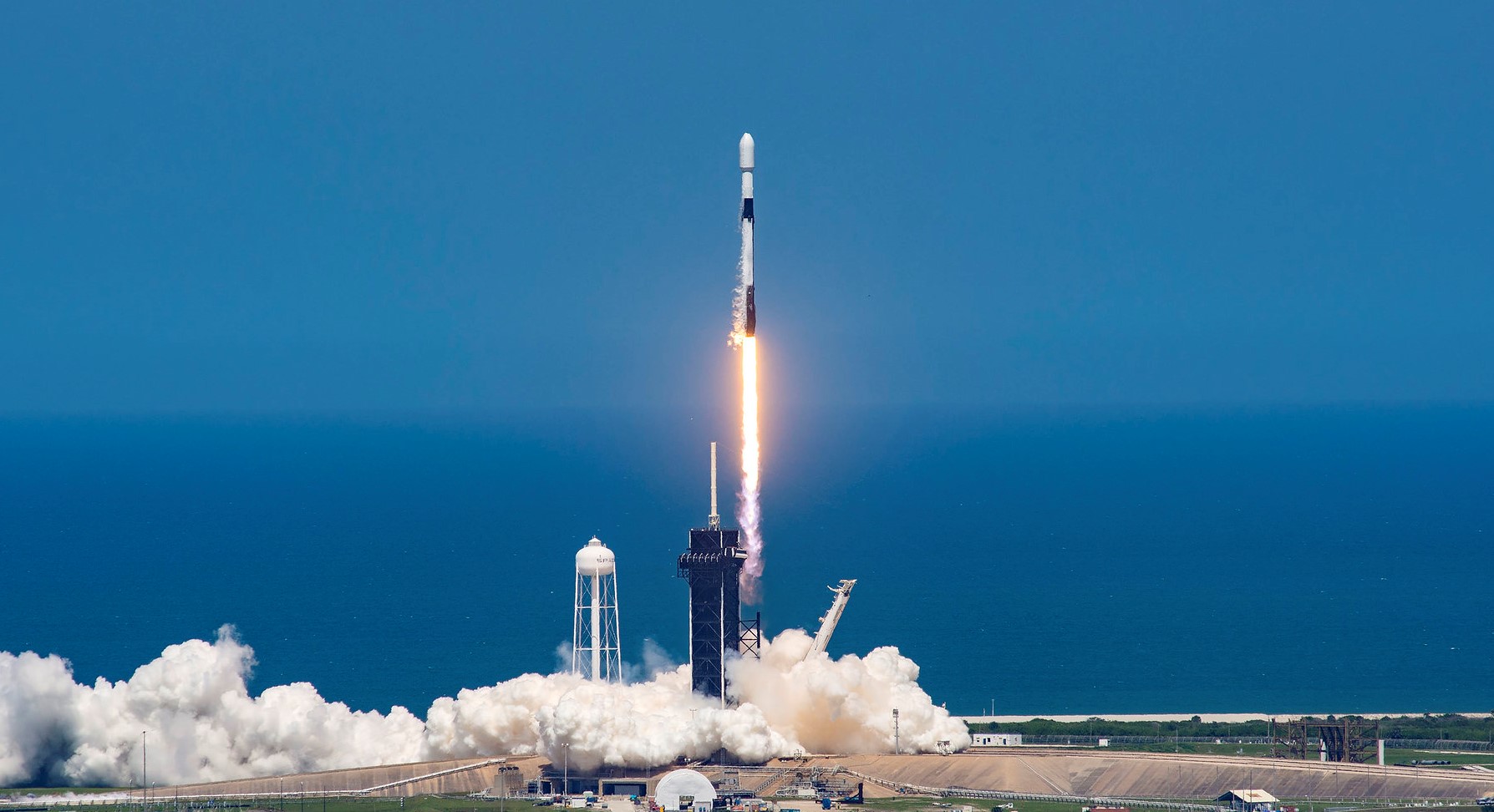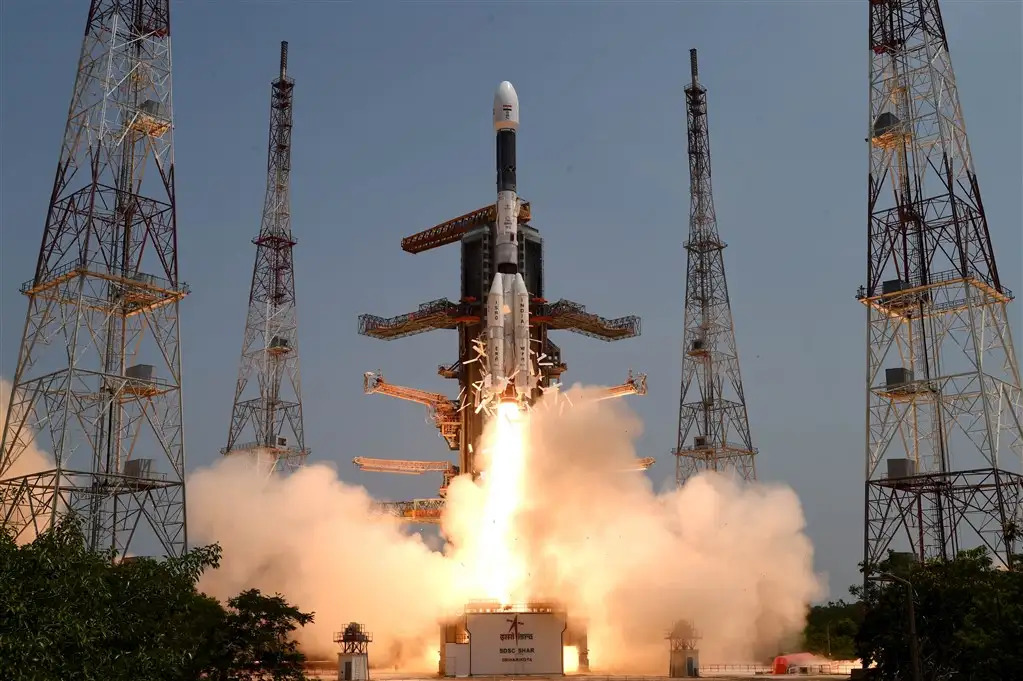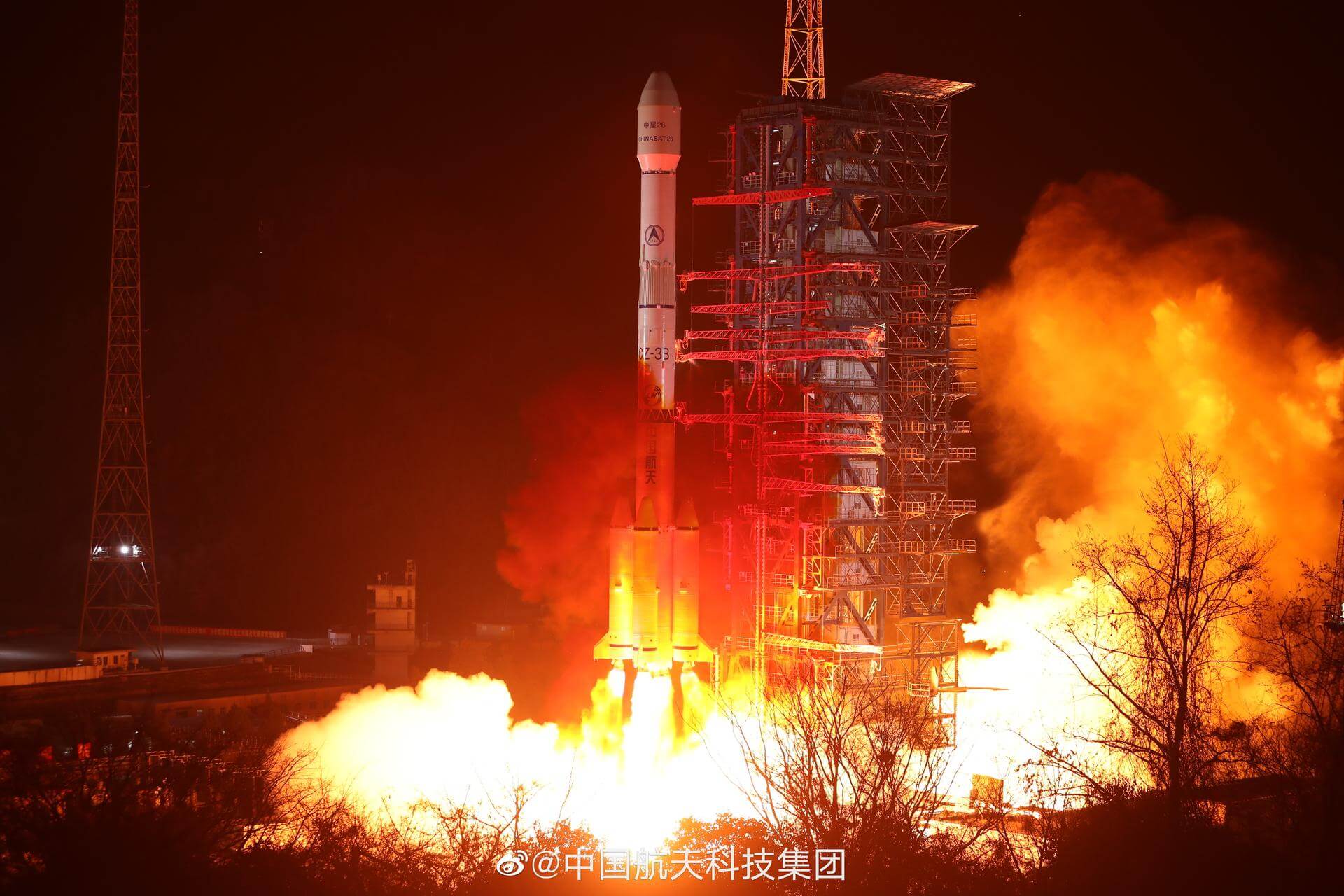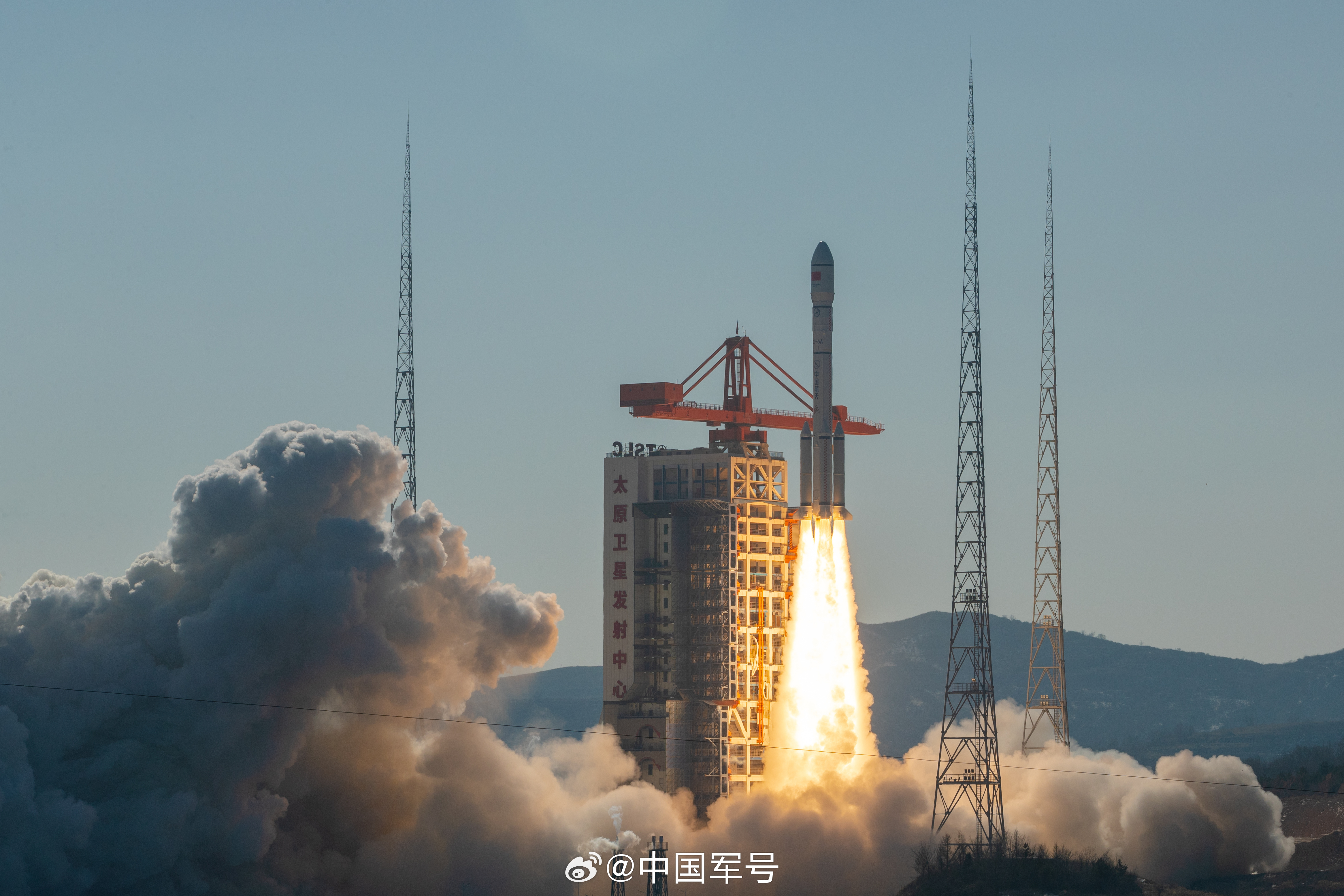Previous Spaceflight Launches
Filter by Agency, Locations or Vehicles
Show All LaunchesH3-22 | Michibiki 6 (QZS-6)
Mitsubishi Heavy Industries | JapanTanegashima Space Center, Japan
Feb. 2, 2025, 8:30 a.m.
Status: Launch Successful
Mission:
QZSS (Quasi Zenith Satellite System) is a Japanese satellite navigation system operating from inclined, elliptical geosynchronous orbits to achieve optimal high-elevation visibility in urban canyons and mountainous areas. The navigation system objective is to broadcast GPS-interoperable and augmentation signals as well as original Japanese (QZSS) signals from a three-spacecraft constellation. The navigation system objective is to broadcast GPS-interoperable and augmentation signals as well as original Japanese (QZSS) signals from a three-spacecraft constellation in inclined, elliptical geosynchronous orbits.
Geostationary Transfer OrbitFalcon 9 Block 5 | Starlink Group 11-4
SpaceX | United States of AmericaVandenberg SFB, CA, USA
Feb. 1, 2025, 11:02 p.m.
Falcon 9 Block 5 | SpainSat NG I
SpaceX | United States of AmericaKennedy Space Center, FL, USA
Jan. 30, 2025, 1:34 a.m.
GSLV Mk II | IRNSS-1K (NVS-02)
Indian Space Research Organization | IndiaSatish Dhawan Space Centre, India
Jan. 29, 2025, 12:53 a.m.
Status: Launch Successful
Mission:
This is a replacement satellite for the Indian Regional Navigation Satellite System. The constellation will provide India with an alternative to GPS and will be used for military and civilian use. Located at a geosynchronous orbit, the system will be operated by the Indian government.
Geostationary Transfer OrbitFalcon 9 Block 5 | Starlink Group 12-7
SpaceX | United States of AmericaCape Canaveral SFS, FL, USA
Jan. 27, 2025, 10:05 p.m.
Falcon 9 Block 5 | Starlink Group 11-6
SpaceX | United States of AmericaVandenberg SFB, CA, USA
Jan. 24, 2025, 2:07 p.m.
Long March 3B/E | TJSW-14
China Aerospace Science and Technology Corporation | ChinaXichang Satellite Launch Center, People's Republic of China
Jan. 23, 2025, 3:32 p.m.
Long March 6A | G60 Polar Group 06
China Aerospace Science and Technology Corporation | ChinaTaiyuan Satellite Launch Center, People's Republic of China
Jan. 23, 2025, 5:15 a.m.
Status: Launch Successful
Mission:
18 Low Earth Orbit communication satellites with Ku, Q and V band payloads for the G60 constellation operated by Shanghai Spacecom Satellite Technology (SSST) with funding backed by the Shanghai local government. Initial constellation will consist of 1296 satellites by 2027 with long term plans to expand it to 12000 satellites.
Polar OrbitFalcon 9 Block 5 | Starlink Group 11-8
SpaceX | United States of AmericaVandenberg SFB, CA, USA
Jan. 21, 2025, 3:45 p.m.
Falcon 9 Block 5 | Starlink Group 13-1
SpaceX | United States of AmericaKennedy Space Center, FL, USA
Jan. 21, 2025, 5:24 a.m.
